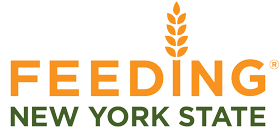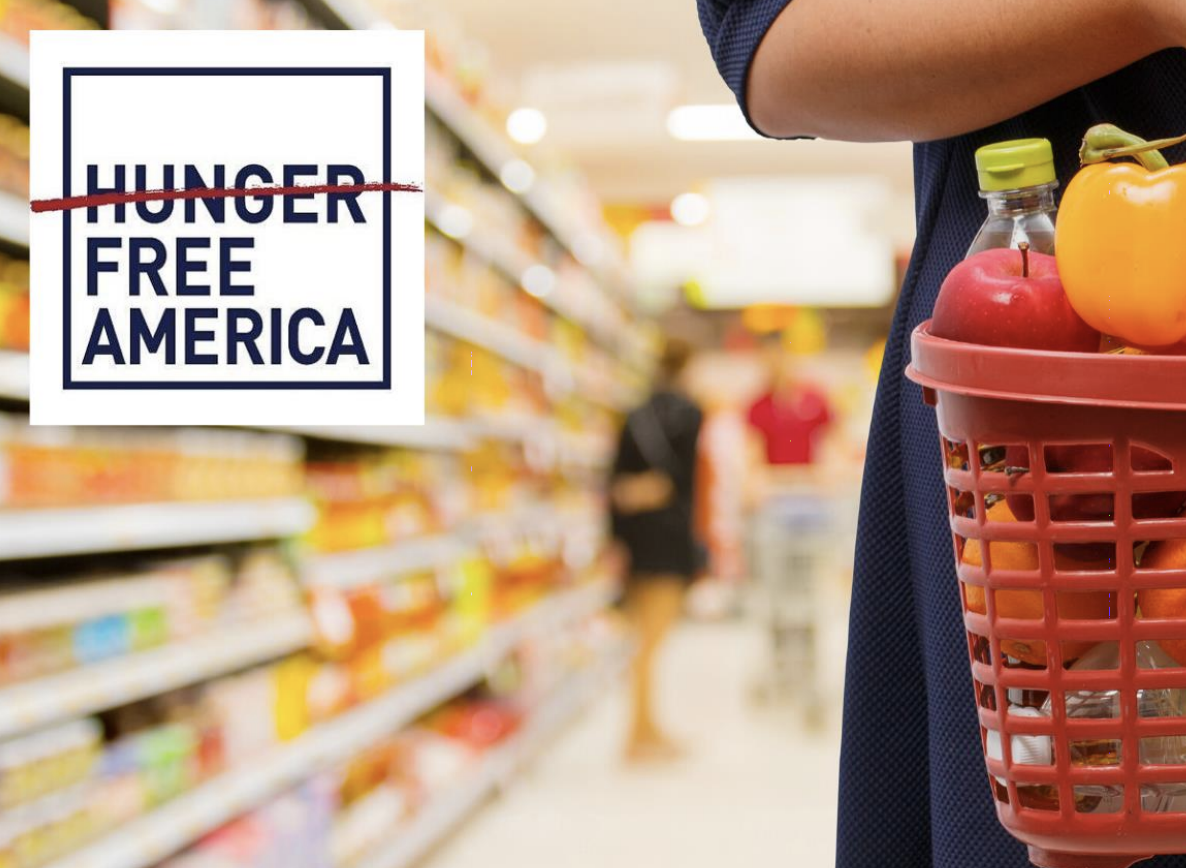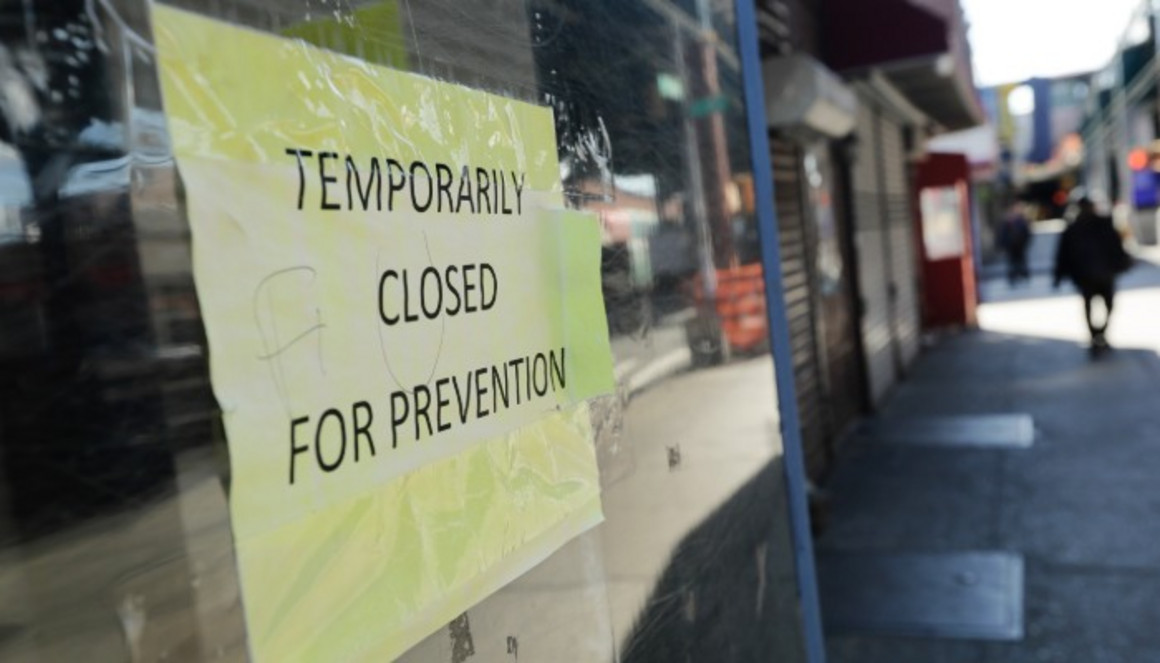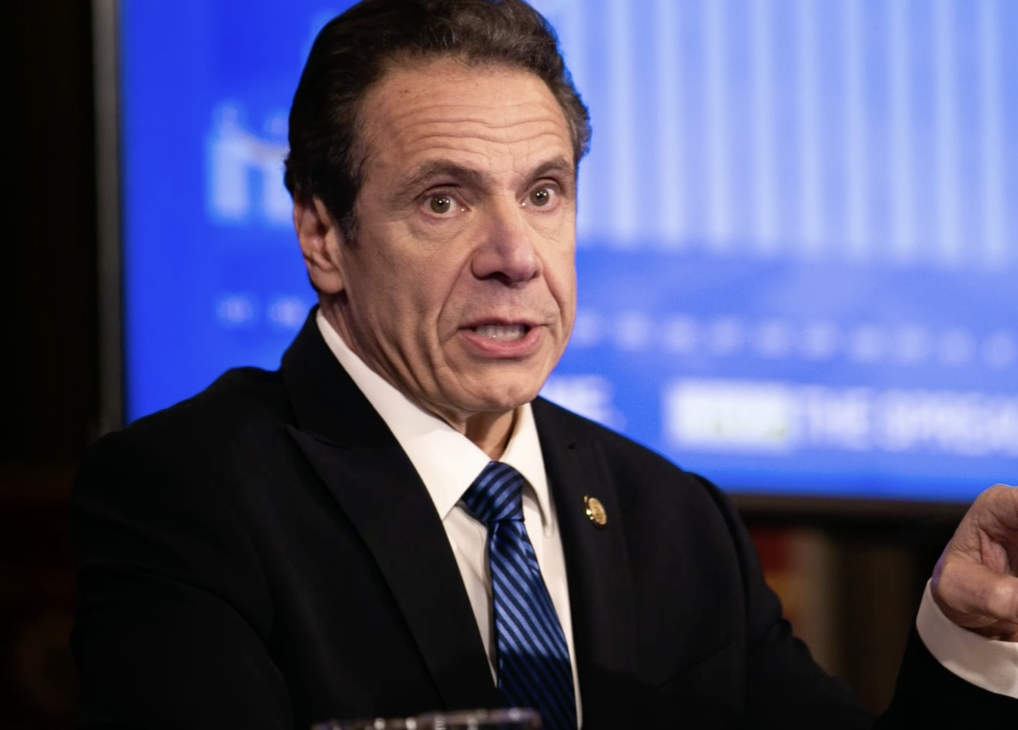Food Preference Survey 2021 Executive Summary
Food Preference Survey 2021 Executive Summary
Understanding individuals’ food needs and preferences is a critical element to addressing food insecurity with dignity and intention. In response to strategic initiatives and funders asking for stakeholder data, Feeding New York State developed a statewide food preference survey for food pantry guests to complete. Download Report
Comments Off on Food Preference Survey 2021 Executive Summary
April 11, 2022









